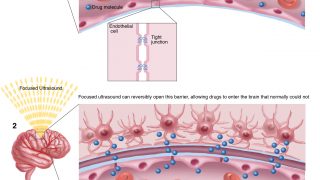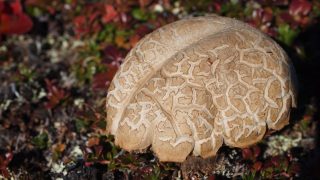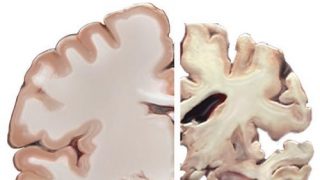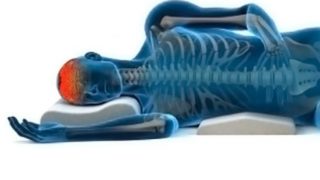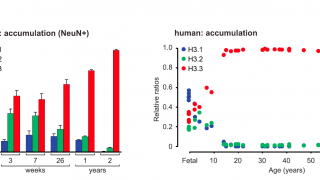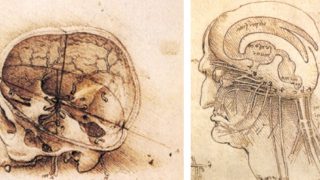
A Renaissance brain
He was a man of insatiable curiosity and a hallmark of modern multidisciplinarity. Yet he was born on an April day six centuries ago. He never attended university, and still he authored masterpieces in the history of art and cultivated a broad range of interests and skills. Distant domains such as painting, sculpture, technology and […]
